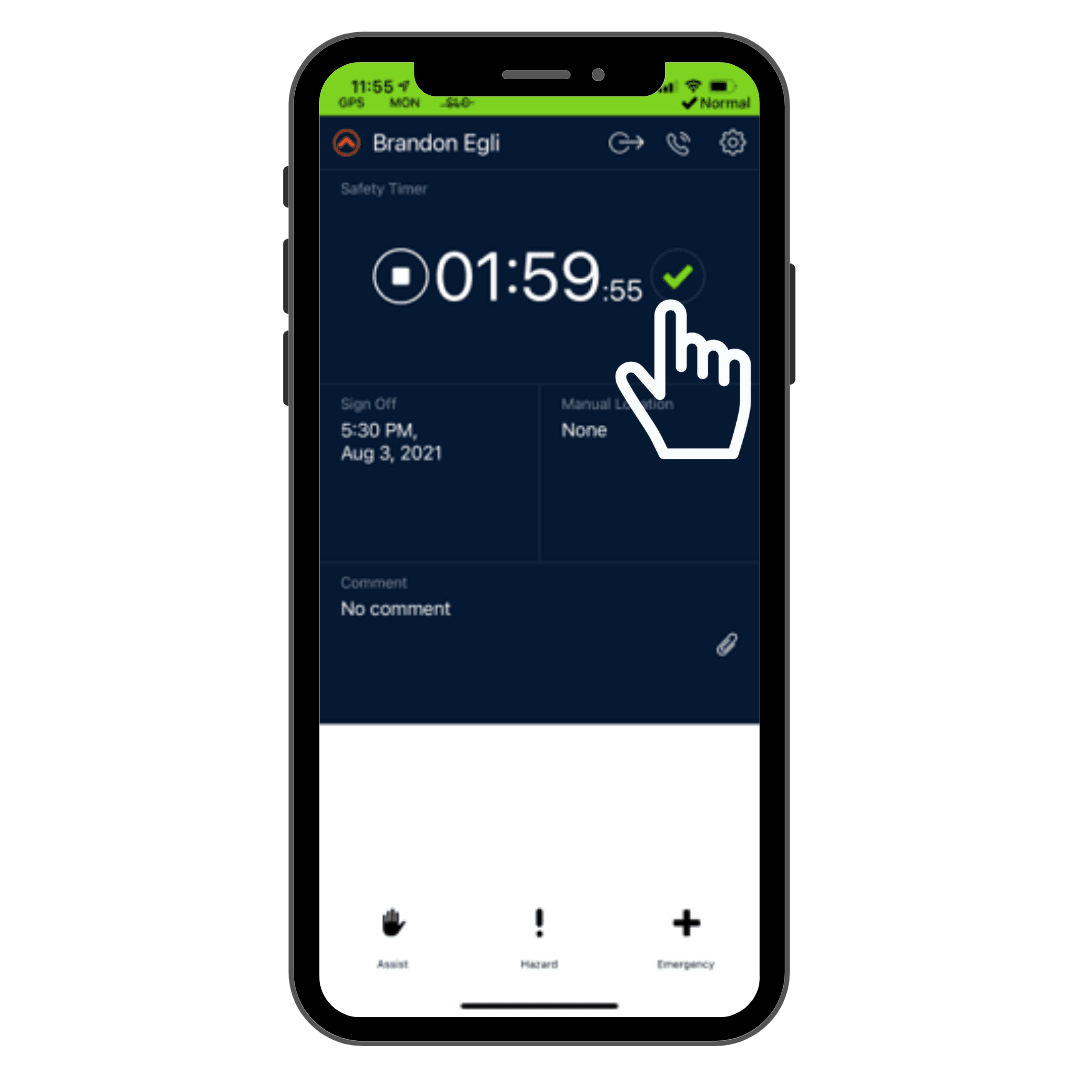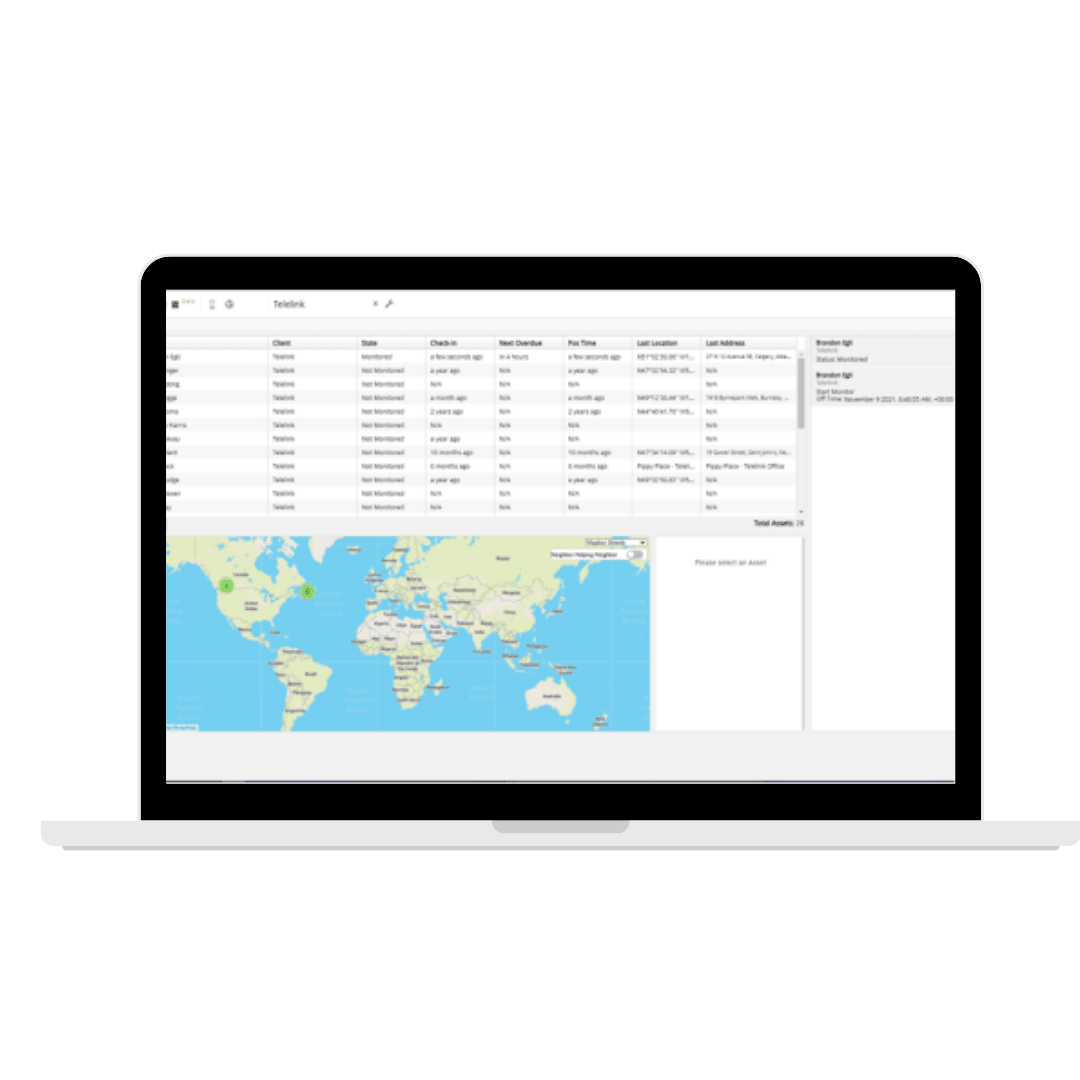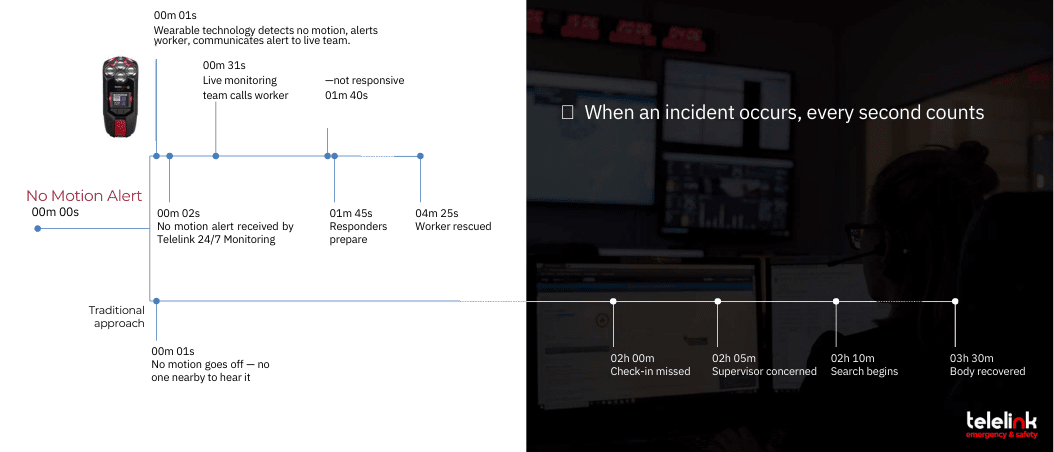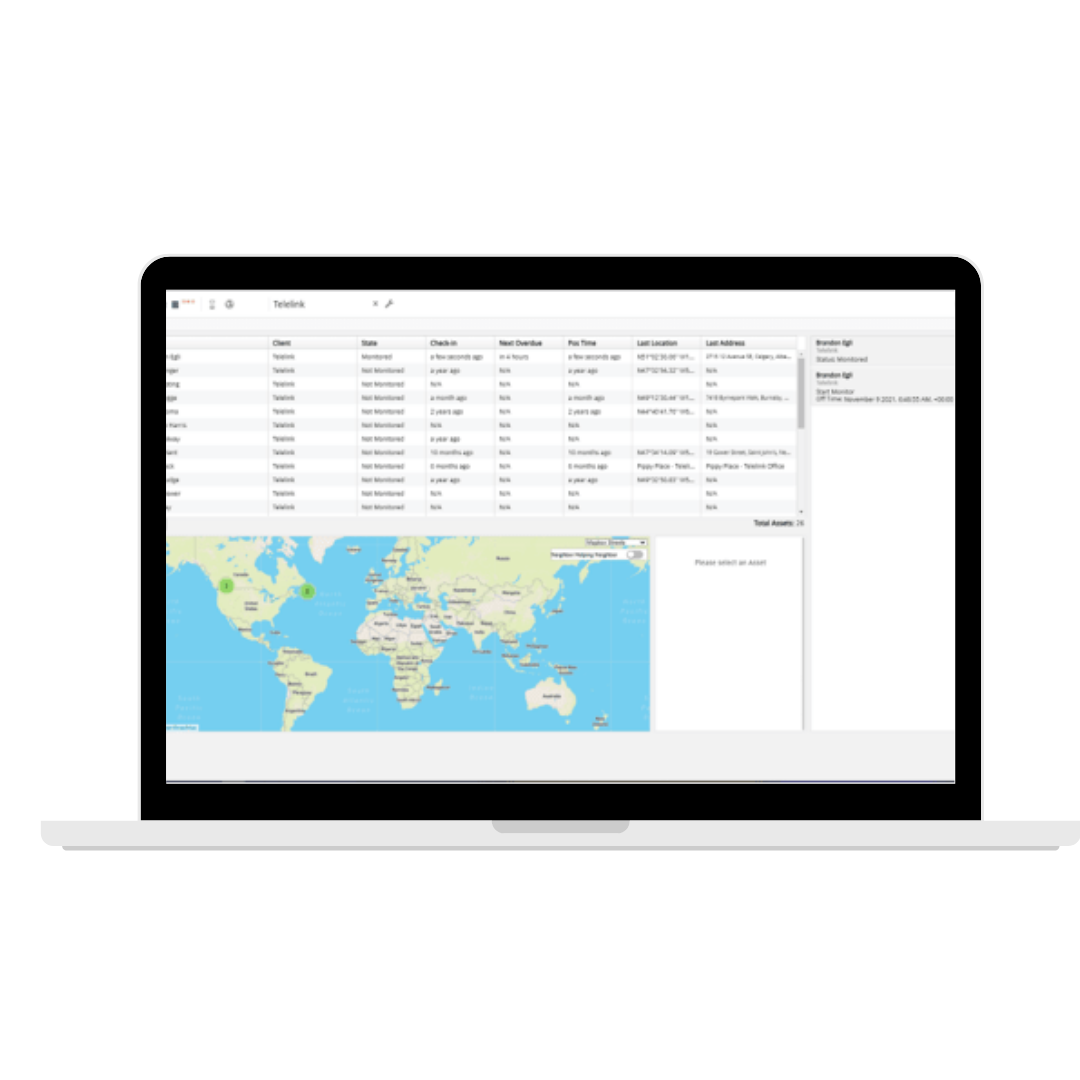
Bigfoot, unicorns, Tom Brady retiring, and virtual monitoring; what do these four things have in common? They are all figments of your imagination. Bigfoot doesn’t exist, unicorns are for kids, Tom Brady is apparently playing until he’s 83, and virtual monitoring is... well, a grey area at best.
Who needs effective monitoring?
Employees who use any sort of check-in system for safety measures should use a live monitoring solution. Think of drivers utilizing a Journey Management™ system, or lone workers using an app or standalone device to check-in while working in the field.
Effective monitoring is just as important as the act of checking in
A common safety practice for companies with employees working alone is to equip them with check-in technology, and for good reason. A check-in system allows Canadian companies to fulfil their legislative duty to accommodate lone workers with two-way communication. Outside Canada and other countries where this is legislated, companies that are considered leaders in promoting a culture of safety and compliance often use the same systems for their ability to prevent tragic incidents and improve employee morale, and reduce company liability in the event of an accident.
In the safety world, we’re all familiar with Black Swan events. Black Swan events are incidents that are difficult to predict, even though we know they are bound to happen. A Black Swan event is characterized by its low probability of occurring and its incredible severity when it does.
For some organizations, this represents a field worker suffering a heart attack while nobody is around to notice, or a routine substation visit where an employee slips and becomes unconscious for hours, it could even be a physical attack on an employee who is beloved by all. The timing of the aforementioned events is difficult to predict, so it becomes obvious that a check-in system is useful. But what happens on the other side of the check-in? After all, if such an investment is made into check-in technology, isn’t monitoring the check-in even more important?
The technology (and people) behind checking-in
Every lone worker app or standalone device has a backend platform where the magic happens. The backend platform is where the monitoring team can communicate and initiate various escalation procedures, or even dispatch emergency services for an employee if they require immediate assistance.
This is the basic functionality that makes a check-in system, a check-in system. Aware360, Blackline, Sheqsy, VDIS, and StaySafe App – all fine technologies that execute this functionality. Here’s the catch, if a lone worker sends a distress signal using any of the various companies above, the alert will go straight to the platform’s backend where it must be actioned immediately by a real person. If a person does not see the alert, the worker in distress will remain in distress.
A simplified version of a check-in system looks something like this:
1. Employees with a connected app or device can check-in or send an alert with one tap.

2. Real-time data is collected and stored in the cloud-based control centre.

3. Your 24/7 response team monitors and actions alerts based on escalation procedures.

However, there is a lot going on between stage 2 and stage 3. The image below illustrates the importance of acting quickly when an alert is triggered. Great precision and responsiveness is required from those monitoring. The image illustrates the two different paths and two different results from the same incident. The path on the bottom shows us what can happen if nobody actions an alert. The path on the top shows just how critical every second is during an emergency.

If a dedicated monitoring team is not used, the consequences can be catastrophic. Monitoring with internal teams or a supervisor means any of the following delays can happen at any time:
- Bathroom break
- Eating lunch
- On another call
- In a meeting
- Driving
- Sleeping (overnight)
- Cigarette break
- Panic or unfamiliarity with the escalation procedure
If the person monitoring your workers is occupied with any of the above, it could spell disaster for your employee. Which brings us to the real purpose of this article... what about automated response or virtual monitoring?!
Automated responses and virtual monitoring
A term you may have heard, but not become familiar with yet is automated response, or virtual monitoring. These terms are very misleading and can easily give buyers an illusion of their true functionality. The term automated response or virtual monitoring simply refers to step two in the illustration below; the alert appearing on the screens control centre. The illustration below shows what you receive with a virtual monitoring solution:
1. Employees with a connected app or device can check-in or send an alert with one tap.

2. Real-time data is collected and stored in the cloud-based control centre and an email or text notification is sent to the person assigned to monitor the platform.

A more appropriate name for virtual monitoring or automated response would be self-monitoring. The onus is pushed upon the customer to navigate their own check-in and escalation procedures in a virtual monitoring environment.
It is important for the buyer to recognize this ahead of purchasing so they can be fully informed on what is required to ensure a safe lone worker check-in protocol is implemented. The takeaway we’d like our readers to leave with is this:
Every lone worker technology (all the options we listed above) all execute the same function:
- Lone worker sends alert or alert is sent by device after a missed check-in
- Control centre platform registers the alert.
- Control centre platform sends a text or email notification to the appointed monitoring person.
The true value is found in the actioning of the alert. Without someone who can reliably action the alert, the check-in is without significance. If the person assigned to monitor the platform is busy with any of the activities listed above an alert could go unnoticed for quite some time. Moreover, even if the person assigned to monitoring sees and acknowledges the alert in real-time they still may not have the escalation procedure documents, or procedural know-how, or emergency contact information to action the alert appropriately. The value of a professional response becomes incredibly clear during a high-stress event.
Buy-in and Adoption
The success of any safety program comes down to employee buy-in and adoption. With lone worker programs, employees need to know someone has their back and will be there for them when an alert triggers. Nothing kills employee adoption like missed check-ins going ignored over time. Employees simply lose trust in the system and don't see the point in using it. Knowing a dedicated, 3rd party team like Telelink is behind the scenes, literally waiting to pounce on an alert, gives both employees and supervisors peace of mind that someone is going to be there for them in their moment of need.
Laura Fudge, Telelink CRO
Virtual monitoring and automated response – to follow the words of Matthew McConaughey “it’s a fugazi, it’s a whazy, it’s a woozy – it doesn’t exist, it’s not on the elemental chart... it’s fairy dust”
The one question you need to ask:
Who will be responsible for monitoring my employees?
About Telelink
Telelink specializes in complex lone worker solutions and can offer our expertise and experience in crafting yours. Telelink provides 24/7 monitoring and helps you source the best apps, devices or wearable technology to monitor your lone workers. Our dedicated safety team is trained to handle emergency situations with extreme precision. With 911 response times, Telelink’s 24/7 team of safety monitoring professionals are ready to respond to your lone workers the second they need help.




Post a Comment